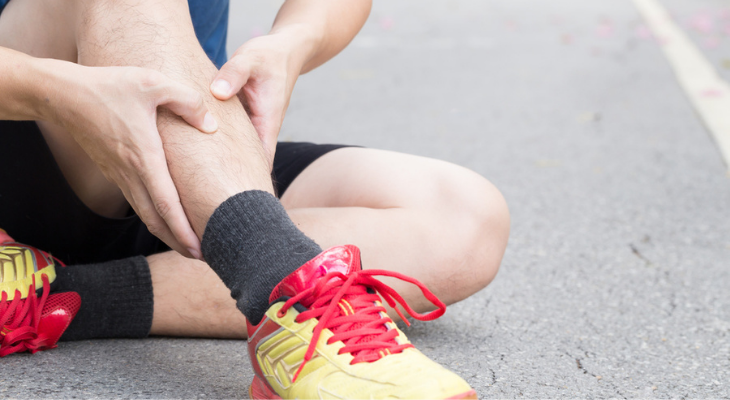
Do You Have Shin Splints? Chiropractic Care Can Help
Do you struggle with frequent shin splints? Chronic shin pain could be related to arch problems, underlying issues with your muscles, or shoes that don't support your feet adequately. Your chiropractor can offer a few treatments that will relieve your pain and help you avoid shin splints in the future.
What Are Shin Splints?
Inflammation in the muscles, tendons, and tissue layer covering the tibia (shin) bone is responsible for shin splint pain. Shin splints are particularly common in runners, walkers, gymnasts, and dancers. If you participate in a sport that requires sudden stops and starts on a hard surface, such as basketball, tennis, or soccer, you may be more likely to develop shin splints.
Shin splints often develop after an unusually long or intense game, run, or workout. Stressed or fatigued calf muscles strain the tendons in your shin, causing shin splint pain. Tight calf muscles can also increase your risk.
Other risk factors include failing to stretch before exercising and wearing shoes that don't provide enough cushioning or arch support.
How Do Chiropractors Treat Shin Splints?
A spinal misalignment may be a contributing factor in shin splint pain. In addition to causing pain, misalignments stress muscles, ligaments, and tendons, making it easier for you to hurt yourself when you're active. As part of the treatment for shin splints, your chiropractor may recommend spinal manipulation, a treatment commonly referred to as an "adjustment." Your chiropractor will use quick thrusts to realign your spine, which helps reduce pain and inflammation throughout your body.
Realigning your spine improves the alignment and balance of your entire body. In fact, once your spine is properly aligned, stress and strain on your lower leg may decrease.
Adjustments can also be performed on your knee, ankle, calf, and foot. Adjusting these areas will loosen muscles and improve blood flow, in addition to improving alignment.
As part of your treatment plan, your chiropractor may recommend one or more of these chiropractic treatments:
- Massage. Massaging tight muscles in your leg keeps them loose, eases pain, and may help you avoid new shin splints. Percussion massage can be an effective treatment for shin splints, according to Chiropractic Economics. During a percussion massage, vibrating rollers and massage devices are used to reduce knots, improve blood flow and decrease scar tissue.
- Shoe Inserts. You may be more likely to develop shin splints if you have high or low arches, or your feet tend to roll inward or outward when you walk. Prescription shoe inserts, called orthotics, will keep your feet properly balanced and supported. More than 75 percent of long-distance runners in one research study reported that they no longer had lower leg pain or that their symptoms had improved after wearing orthotics. The study appeared in the American Journal of Sports Medicine
- Soft Tissue Mobilization. A handheld instrument loosens tight tissues during soft tissue mobilization therapy and breaks up scar tissue around your tibia. The treatment relieves pain and may help you avoid shin splints when you return to your normal activities.
- Stretching Exercises. Your shin splints could be related to tight muscles in the back of your calf and weak muscles in the front of your lower leg. Your chiropractor will teach you stretching and strengthening exercises that will keep these muscles balanced.
- Ultrasound Therapy. Ultrasound therapy involves using sound waves to gently heat the deep tissues in your lower leg. The therapy eases pain, reduces inflammation and swelling, improves blood flow, and helps break up scar tissue.
- Taping. Applying flexible tape to your foot and lower leg may reduce stress on your shin. During your visit to the chiropractic office, you'll learn how to apply the tape correctly.
- Dry Needling. Knots in your shin muscles may be to blame for your shin splints. Dry needling, a therapy that involves relaxing tight muscle fibers by inserting a needle into them, loosens and relaxes the knots.
Chiropractic care provides a safe, effective, natural way to treat shin splints and other painful conditions. If shin splints are a common problem for you, contact our office to schedule an appointment.
Sources:
Chiropractic Economics: The Science Behind Percussion Massage, 4/20/21

